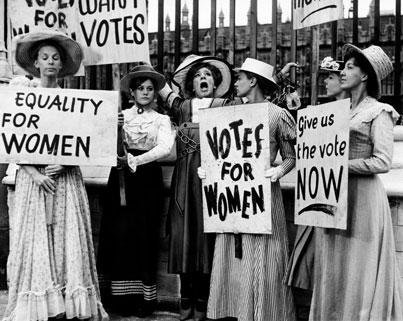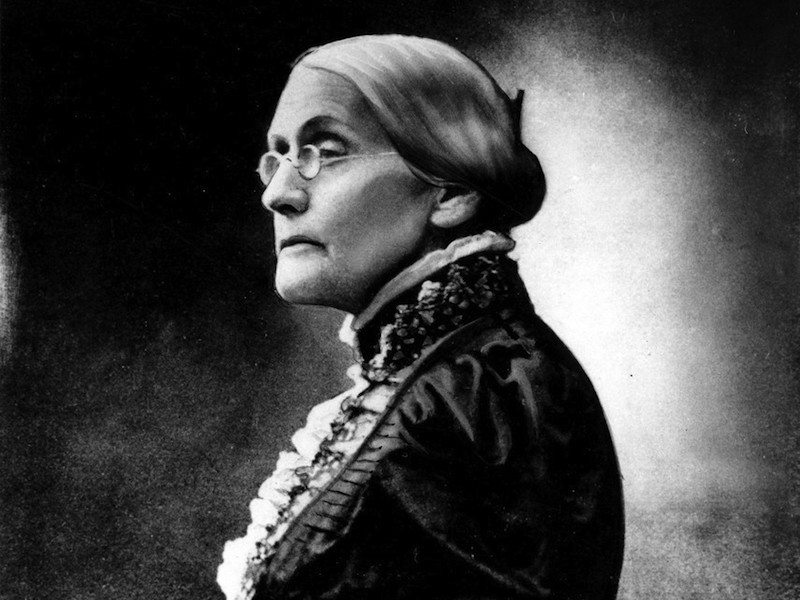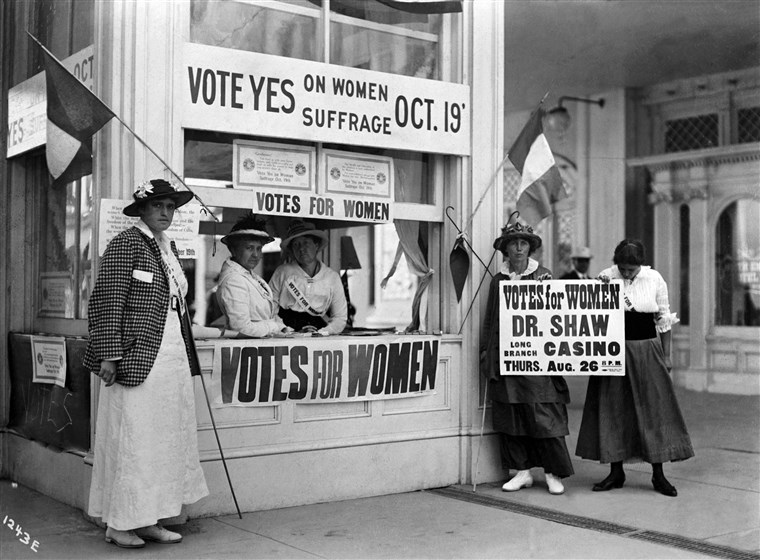By Bruce Doorly

Before the passage of this amendment to our Constitution each individual state had the power to set its own rules on women voting. And most states did not give women their full voting rights and many states gave women no voting rights at all.

For many years New Jersey stood alone in allowing women to vote. However, in 1807 after an election that was tainted with fraud the men of the New Jersey Assembly made women the scapegoat for the disputed election. Thus, they passed a law that limited the vote to just white men. New Jersey women would not see their full voting rights for another 113 years.

Historians mark the start of the movement for women with a convention held in Seneca Falls, New York in 1848. Hundreds of women from around the country traveled to this historic gathering. After that convention women began their long battle for the right to vote and many other rights. There were many prominent women leaders. Historians credit Susan B. Anthony as the most significant.

The arguments against suffrage were that women should not get involved in the dirty business of politics and women’s empowerment would be a threat to the family unit. Some of the most vocal opponents against women being granted the right to vote were groups of women themselves who were known as the antis. These antis had their own organizations and often lobbied as hard as the women suffragists.


Various organizations for women were created over the years. They did many things to promote their cause. They held parades, gave speeches, passed out flyers, held conventions, and gathered signatures on petitions to present to government officials.

A big victory was New York in 1917. Several other states gave women limited voting rights such as voting in Presidential elections or school elections. But the eastern half of the U.S. for the most part gave little ground to women suffrage.

Organizations for women in New Jersey fought hard and by October of 1915 they pressured the New Jersey government to call a special election for a state amendment that if approved would grant all New Jersey women full voting rights. But the referendum was defeated. A quote from a newspaper summed it up stating The story of the defeat of the amendment is the story of a scattered effort against a well-oiled political machine.

They picketed the Whitehouse daily for over a year - targeting President Woodrow Wilson. At times many women were arrested and sent to prison for month long stays under harsh conditions.


The War further aided the cause of women as it prompted a logical argument. If the United States was fighting abroad to make the world safe for democracy, should the U.S. not have true democracy at home and allow everyone to vote?

Slowly over the next year the states one by one began to approve the amendment. But the number of states that would approve stalled at 35, one short of passage. It would remain at that number for six months as all the previously undecided states, except one, did not approve. It came down to the still undecided state of Tennessee, they were the last hope for women suffrage.

At last, all women in the United States had voting privileges equal to men.

At this event they celebrated, but they also organized themselves to get women to register to vote and to instruct them on the process and educate them on the issues.

The first local women to vote that election day was Emily Frelinghuysen, the wife of the Senator. After she cast her ballot, she was given a bouquet of flowers to mark the occasion. It had been a long battle for women to gain voting rights. Just one woman from that initial convention in 1848 lived to see the Election Day in 1920 where all women had the right to vote.
Presidential Election where all women could vote